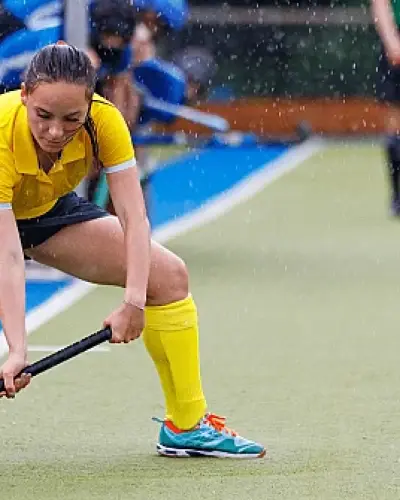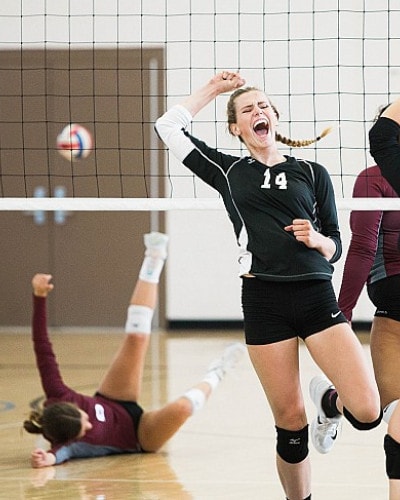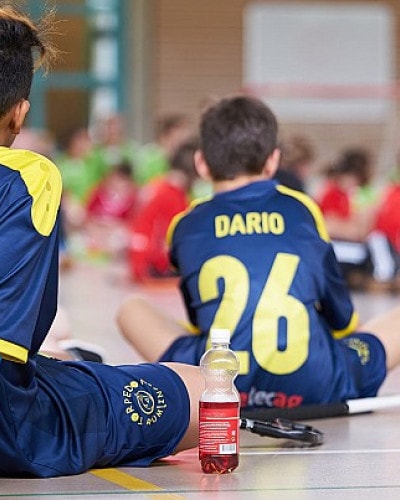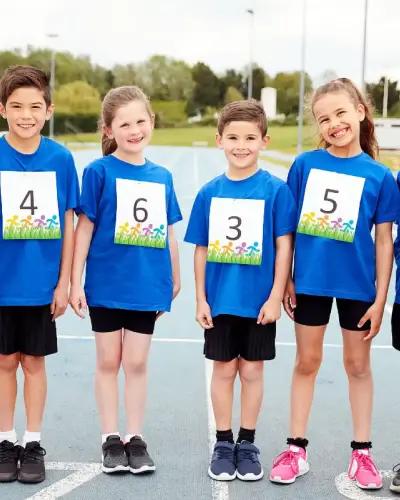Youth Sports Development Part 4: Coaching Style & Creating a Positive Environment
In the previous parts of our Youth Sports Development series, we covered key topics such as "Experience Over Results," the Relative Age Effect, and the Benefits of Small-Sided Games. This installment focuses on the coach’s role beyond tactics and training—specifically, how different coaching styles and a positive team environment can impact player development.
Coaching is a complex and evolving discipline, involving elements of leadership, motivation, communication, and psychology. This article provides a broad overview, but we will continue to explore coaching styles, leadership techniques, and player-coach relationships in greater detail in future updates—so stay tuned!
What Are Coaching & Leadership Styles?
A coaching style is a combination of behavioral approaches and techniques that a coach uses to guide, motivate, and develop their players. Just like in leadership, there is no single “perfect” coaching style—each has strengths and weaknesses, and a successful coach adapts their approach based on the needs of their team.
The three main coaching styles in youth sports are:
- Authoritarian Coaching
- Democratic Coaching
- Laissez-Faire Coaching
1. The Authoritarian Coaching Style
An authoritarian coach adopts a strict, disciplined, and control-oriented approach. The hierarchy is clear: the coach makes the decisions, and players are expected to follow instructions without question. This style is often associated with a “tough love” mentality, focusing on discipline, structure, and order.
Advantages
✅ Clear structure and well-defined roles
✅ Fast and decisive decision-making
✅ High levels of discipline and accountability
Disadvantages
❌ Can stifle creativity and reduce player autonomy
❌ May create fear or resentment within the team
❌ Less effective with younger or more individualistic players
2. The Democratic Coaching Style
A democratic coach takes a more inclusive and player-focused approach, involving players in decision-making and encouraging open communication. This style fosters a sense of teamwork, respect, and collective responsibility, where every player’s input is valued.
Advantages
✅ Encourages teamwork and collaboration
✅ Builds trust and strong relationships between coach and players
✅ Promotes individual creativity and problem-solving
Disadvantages
❌ Can be time-consuming, especially in high-pressure situations
❌ Risk of indecision or confusion if too many opinions conflict
❌ Some players may struggle with less structured guidance
3. The Laissez-Faire Coaching Style
A laissez-faire coach adopts a hands-off approach, allowing players to make their own decisions with minimal intervention. This method works well for experienced and self-motivated players but can lead to lack of structure in teams requiring more guidance.
Advantages
✅ Encourages independent thinking and self-reliance
✅ Works well for highly experienced and disciplined teams
✅ Can boost player confidence and leadership skills
Disadvantages
❌ Can lack structure, leading to disorganization
❌ Younger players may struggle without clear guidance
❌ Risk of players feeling unsupported or lacking direction
The Coach’s Role in Creating a Positive Environment
A coach’s style and leadership approach directly impact a team’s motivation, culture, and overall performance. A positive environment helps young athletes develop not just as players, but also as confident, well-rounded individuals.
Key strategies for fostering a positive team culture:
- Encourage open communication 🗣️ – Create an atmosphere where players feel comfortable expressing themselves.
- Adapt coaching to individual needs 🎯 – Every player is different; find ways to bring out the best in each one.
- Provide constructive feedback ✅ – Focus on development rather than just results.
- Promote teamwork and respect 🤝 – Players should support each other both on and off the pitch.
- Create opportunities for leadership 🏆 – Empower players to take responsibility for their team.
Balancing Coaching Styles
While each coaching style has its strengths, the best coaches adapt their approach based on their team’s age, experience, and personalities.
For example:
- Younger players may need a more democratic and supportive approach, helping them develop confidence and skills.
- Older or elite players might respond better to a mix of authoritarian structure with democratic flexibility, ensuring both discipline and autonomy.
Final Thoughts: The Coach’s Impact Beyond Tactics
A coach’s influence goes far beyond the game itself. They shape the mentality, discipline, and character of their players, making coaching one of the most rewarding yet demanding roles in sports.
A successful youth coach isn’t just focused on winning games but on developing well-rounded players who love the sport, understand teamwork, and grow as individuals.
Stay tuned for more in-depth insights into coaching psychology, leadership strategies, and player development in future articles! 🚀






